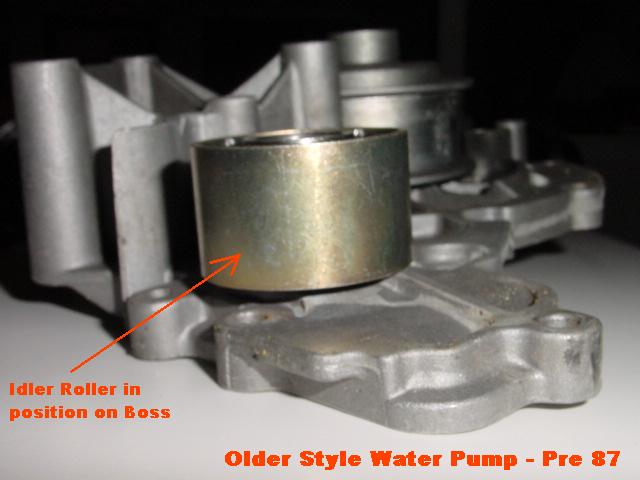

Differences between water pump models: (courtesy of Roger Tyson, 928sRus)


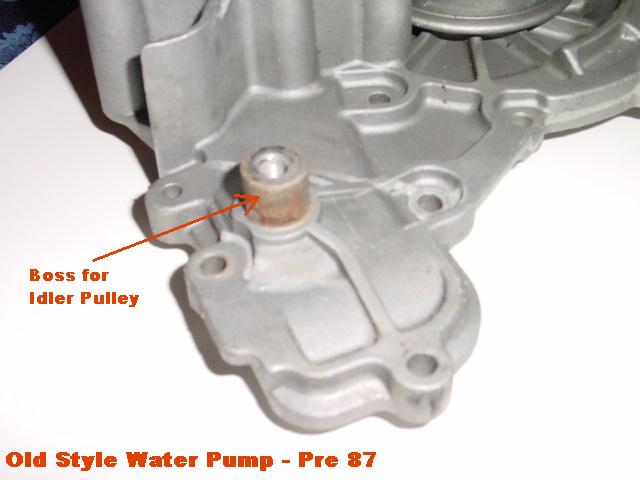
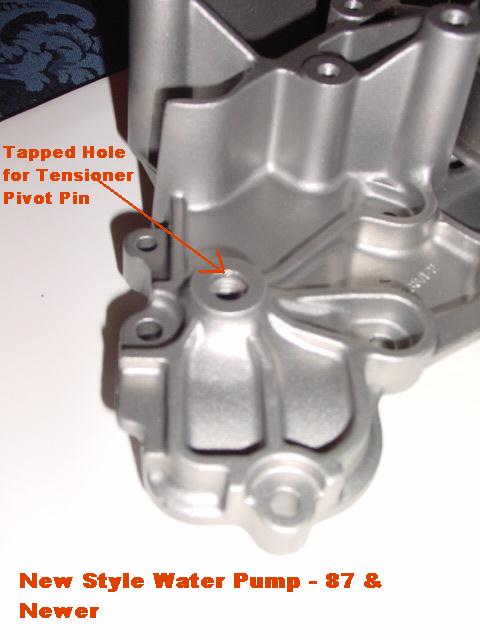
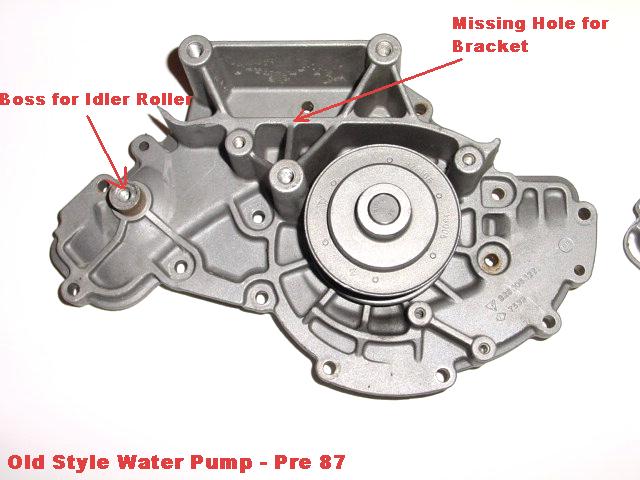

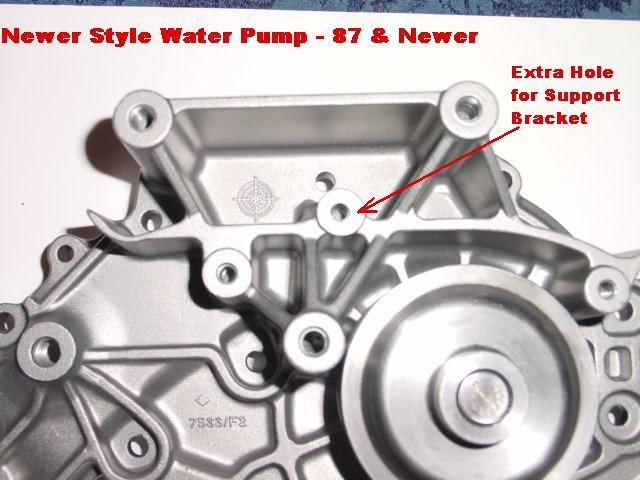
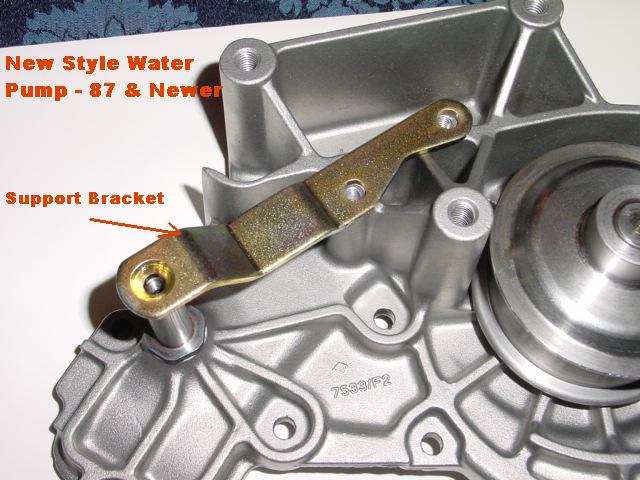
Typical view of the 1987-> Laso pump
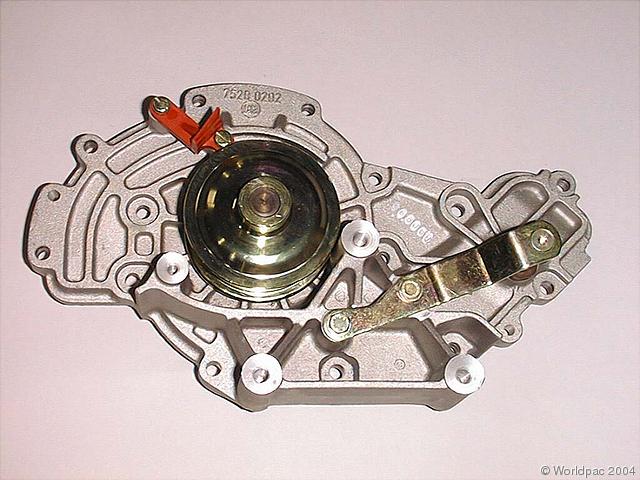


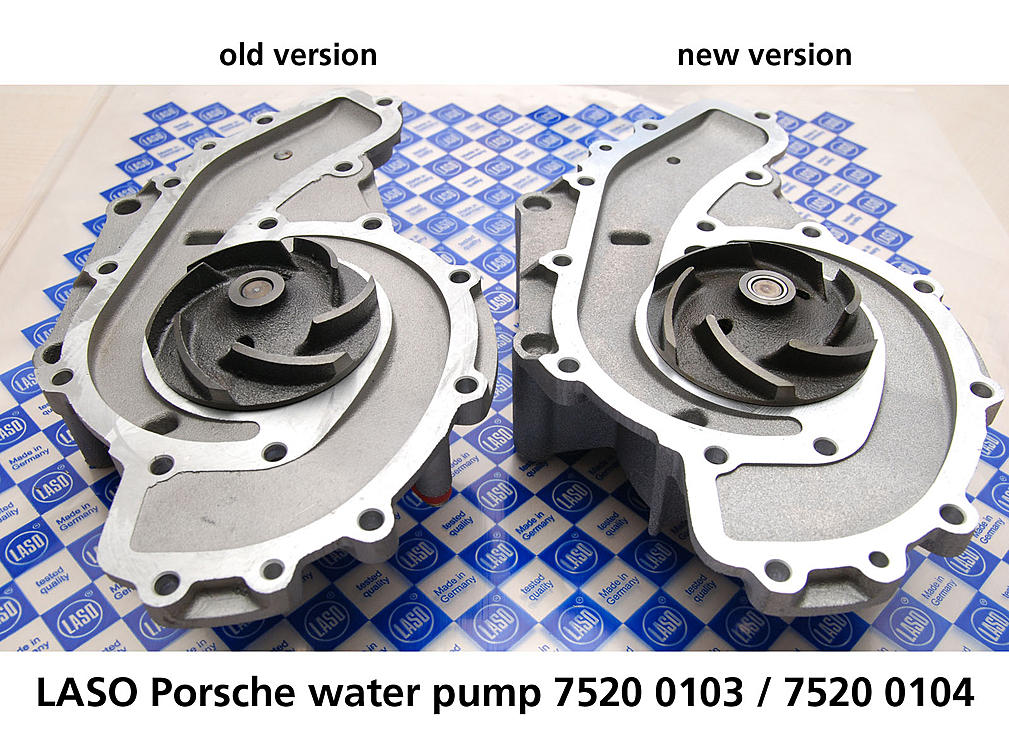
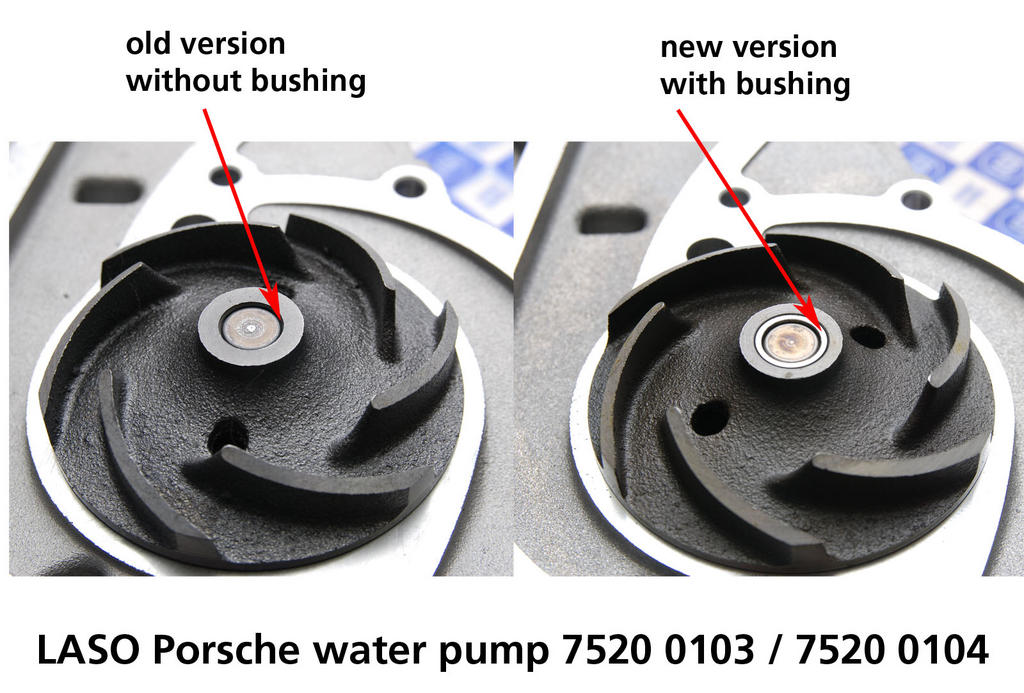
The Impeller looks as made from metal, but it is actually made of a hard plastic material.
Greg,
Every time I receive the old style Laso pump from SSF I return it.
Sent a couple back recently, hope you did not get one of those 8>(.
I guess we have no choices on WP at all as they all fail including the Porsche
ones.
Rebuilds = Fail
Laso Old style = Fail
Porsche = Fail
Hamburg Technic = Crap Quality.
For now I will stick with Laso as there are no known failures with the new
design. At least the modification was aimed at stopping this from happening.
Failure rates are extremely low at less than .5%.
You pays your money and you takes your choice.
What a sad state of affairs.
__________________
Roger Tyson - Parts Supplier Extraordinaire
======
HT pumps: Can you identify one of the Chinese knock off pumps visually?
EDIT- meaning, are there any tell tale signs or marks? Or did they do such a
fantastic copy job that they can't be identified?
Yes, easy.
The castings are die cast, without any date codes or numbers cast in, like the
Porsche pumps.
__________________
gb
======
Can someone explain what this hole is for? I haven't seen it on other cars'
water pumps...
Dan
'91 928GT S/C 475hp/460lb.ft
Allows fluid to seep out between the seal and the bearing...so that the bearing
doesn't ever "see" actual cooling system pressure. If the seal should leak
slightly, the coolant just harmlessly flows down the hole. I can't recall ever
seeing a pump without this hole....except this one Laso.
__________________
gb
=====
I have a brand new Laso water pump; one of the new improved version..........it
has a weep hole just above where the timing marker is mounted to the pump.
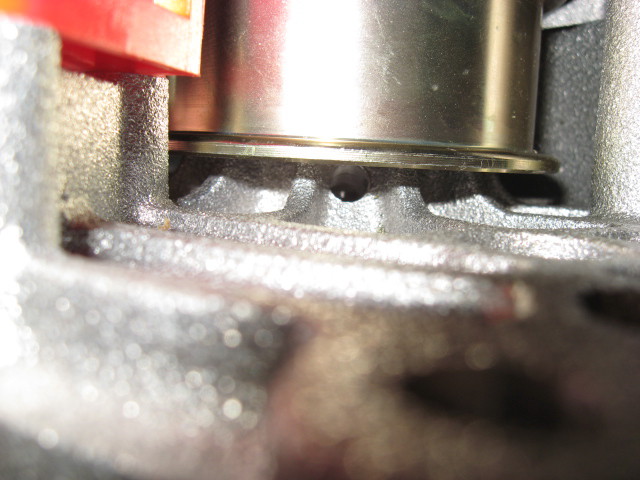
__________________
Malcolm
'88 928 S4 A/T
Black/Ivory, 173k kms
=======
Get the big (LASO) picture? .... click on the images below
====
Mark Anderson dropped off a large selection of water pumps, for me to take apart
and analyze, a couple of months ago. A virgin factory pump (with metal
impeller), a rebuild from his (old) supplier, a Lasso pump, and a brand new
"German" pump that he had found for sale (I do not know the supplier.)
Tearing water pumps apart, cutting open bearings, measuring bores, shafts,
impellers, and comparing seals was certainly interesting.
Here (in a nutshell) is what we found out (on Mark's dollar.)
The factory pump, Mark's rebuilt pump, and the Lasso pump are all excellent
pieces, with high quality seals and bearings. All of these pumps had very tight
press fits on both the impeller and the pulley. I saw no reason not to run any
of these pumps. All three of these pumps used similar, very sturdy bearings.
These bearings all were a combination ball/roller bearing, where the ball
portion of the bearing is at the impeller end and controls thrust. The roller
portion of the bearing is at the pulley end and provides a very sturdy, large
surface area (because it is a roller bearing) to control the pressure induced by
the cam belt.
Interestingly enough, the Lasso pump had no "weep" hole drilled to allow water
to escape from a leaking seal, so that the water is not forced into the bearing.
This was not good, but this particular Lasso pump was damaged and had been
sitting at Mark's shop for quite some time. I ordered another Lasso pump from
one of my suppliers and it had the "weep" hole. I do not know what is going on
with this. Perhaps the Lasso pump that Mark provided missed a machine operation
when made??
I would use any of the three of these pumps (provided that the Lasso pump had a
"weep" hole.) That being said, I can see that the "new" Lasso and the factory
pump offer a bit more "security", in that both use new pieces. It would be
possible that a rebuilt pump could have inconsistent press fits, due to the use
of old impellers and pulleys.
The "new" German pump, which Mark had high hopes would solve his water pump
"issues", was an entirely different story. The press fits were loose (took very
low amounts of force to disassemble.) The bearing was a very inferior "double
ball bearing". This bearing had no roller bearing portion at the pulley end! It
had only ball bearings at both ends of the shaft! How they intended this bearing
to cope with the load from the cam belt escapes me completely....
Here's how I would rank these pumps:
#1: Factory Porsche water pump.
#2: Lasso pump (provided that the lack of the "weep" hole is an isolated
case...which should be easy to individually verify, by simply looking for the
hole.)
#3: Rebuild pump from Mark's supplier. Very high quality bearing. The lack of
new pulley and impeller concerned me.
That's it. The "new" German pump, is not usable, in my opinion. The poor press
fits and the inferior bearing make this particular pump useless. Perhaps Mark
can shed some light on where he got this pump.
Hope this helps. I still have all the pieces and they are still separated from
pump to pump, if someone wants to take pictures.
__________________
GregBBRD on Rennlist
gb
-----------------
I will be taking the water pump off the car 1987 again as well as the pump is
Chinese and the seller still tells me it is 100 percent German. I think the
impeller is slipping on the shaft as the idle is cool but when running down the
road it heats up and the flaps are in open position. When I revved the engine to
6600 rpm on the freeway that was when all the problems started with the heat up.
The pump name is Hamburg-Technic and the company is located in New York and is
advertising them on EBay as new with no core charge and also is saying they are
made in Germany. I talked with Roger at 928SRUS.COM and he has around 8 of these
pumps all have issues with them and the only good thing is that they are a metal
impeller pump which I was looking for. But I believe if you look in eBay motors
under Porsche 928 pump you will see the add under new pumps for BMW and Porsche.
These guys say they will switch the pump or exchange it for me with no labor but
I have sent them emails just wanting to except my pump back for full refund.
They also said that the pump was made in Germany as I have researched the
Hamburg-Technic online under google search engine and it comes up with all sorts
of problems as far as Chinese made junk and 90 percent failure rate.
This should be something that everyone is told as I did not know until I went to
sharks in the mountains where in Charlotte the car left me stranded and lucky
enough that I shut the car down before I seriously heated the engine up. I did
heat it up enough to get the reservoir boiling though,.
Waterpump "HEPU" made in Germany for pre 1987 928 models:
We see these GK pumps quite frequently since 2020. Quality unknown.
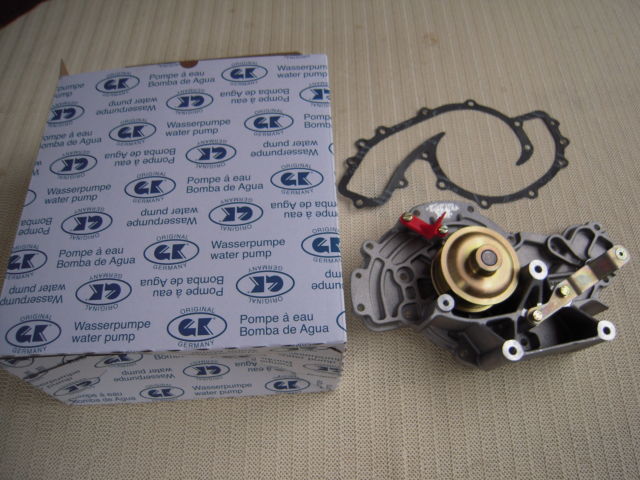
This is the German made APA pump (quality yet unknown):
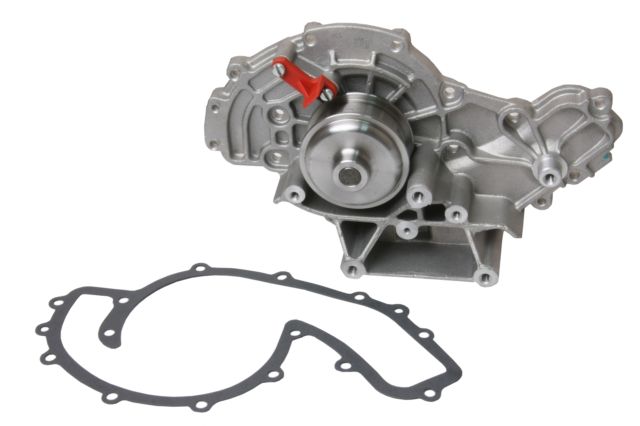
This is the German made GEBA pump (quality yet unknown):
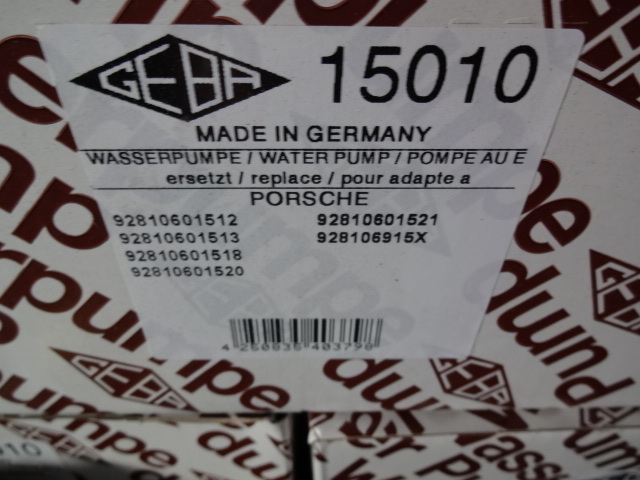
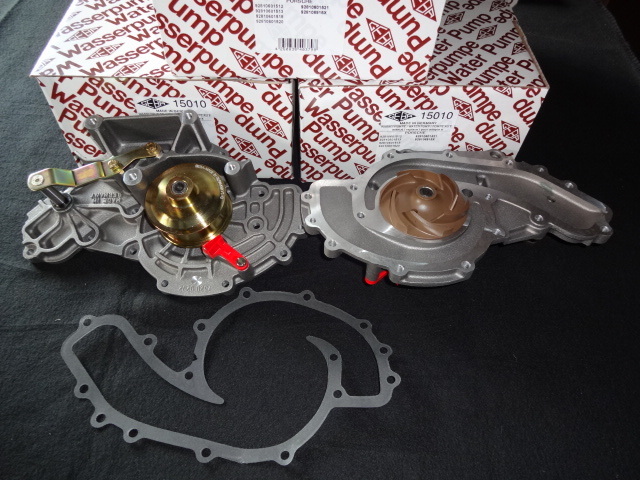
Geba pump for a pre-928S4 model

Geba pump for a S4/GT/GTS model
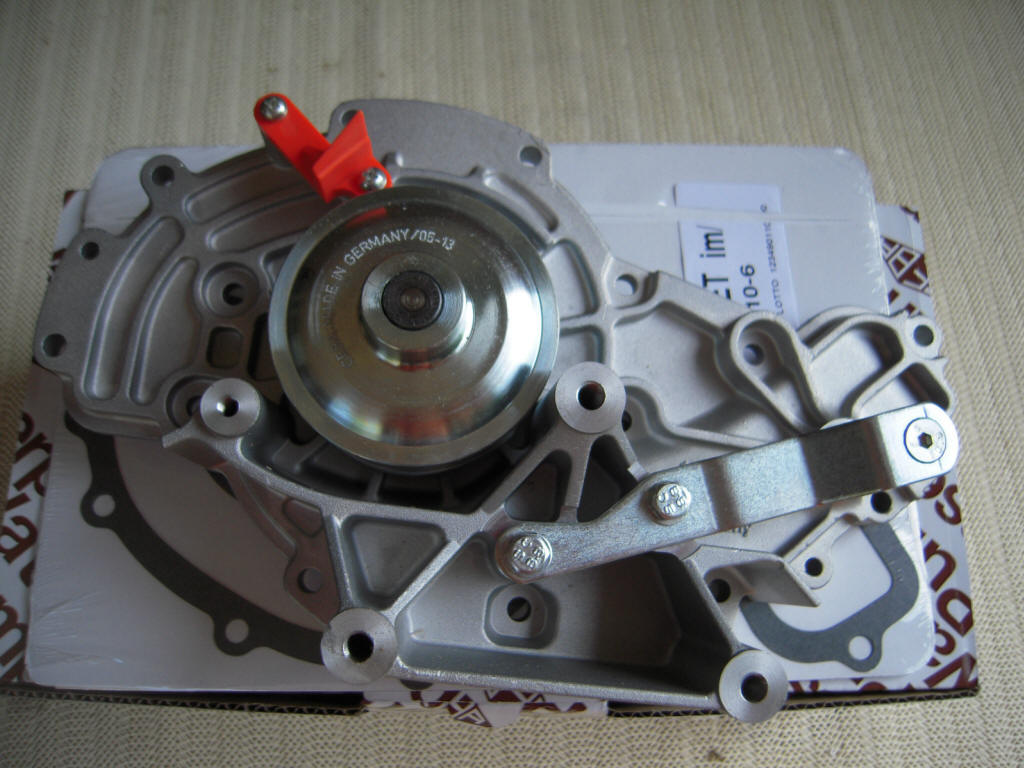
=======
And yet another brand showed up: Üro. There is a small imprint in the bottom of the casting as shown in this picture. Quality unknown, metal impeller. Part number 928 106 015 20. It seems to sell via Amazon for just 112$. Website: http://www.uroparts.com/uro/inventory/show/8107

====
And yet another brand shows up in 2018:
.png)
The upper one is Saleri 1609 which fits S4, GT and GTS coolant pump SIL PA1609.pdf
.png)
And this one is Saleri 1610 which fits 928, S and S2 models
======
2020 update: The interval for changing the coolant pump is not stated clearly by Porsche. Some say it can run for many years, only the timing belt needs replacing, but honestly: I think any signs of play in the pump bearing or the tensioner roller bearing are reason to replace things. On the safe side: replace the pump and tensioner roller when replacing the belt. It is a lot of work and you don't want to do these things every 6 months. I replace the belt every 6-7 years and see little or no wear on it. Replacing gives rest and confidence in my mind....
In 2019 I had to replace the belt because the coolant pump developed play on the bearing, causing the belt to change path and hit the cover. First sings of a catastrophic problem announcing itself. You are just lucky to get an early warning when this is about to happen. The pump was close to 7 years, Laso original, and mileage was close to 30k km. Rest my case...
The old style pump had a cast iron impeller. That was all that was available in those days. Over time there were incidents where the impeller detached from the shaft and start grinding the aluminum casting of the pump area. This is something very hard to repair if at all repairable. There is good reason to take the later Laso pump (or others) with a plastic impeller. They last as long, but will not damage the cast (webbing) of the engine.
Regards, Theo
1